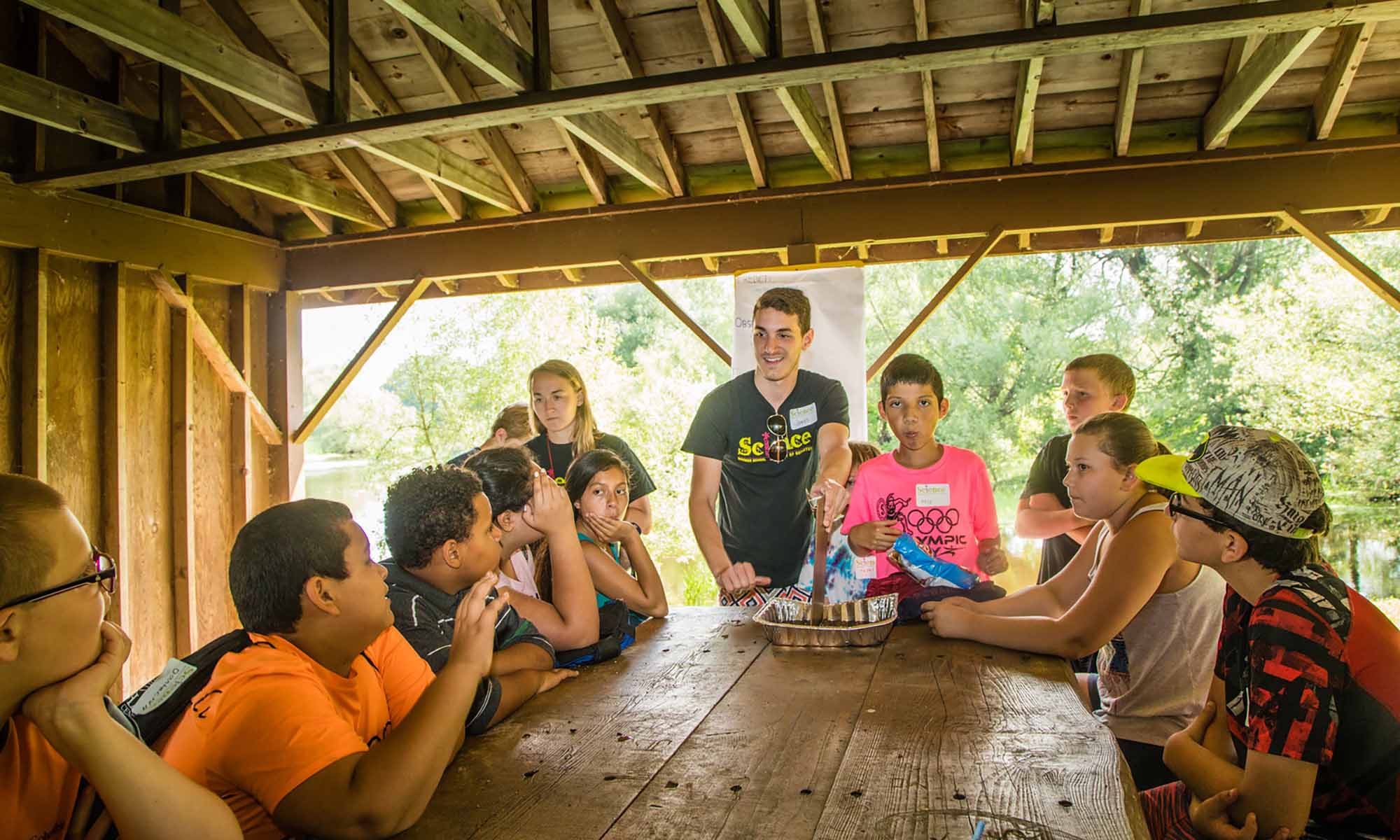
Campus & Community
Lauren Ghazal: An advocate for young adult cancer survivors
The nurse scientist has devoted her career to supporting fellow cancer survivors while expanding her research’s impact.

The Warner School’s programs are strengthening the educators, students, and communities in rural New York.











